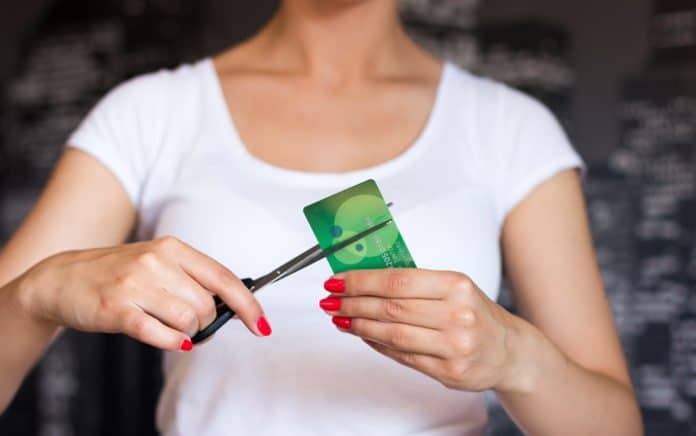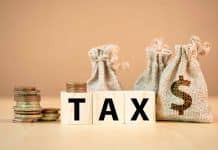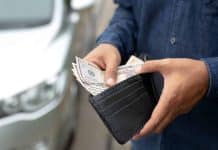
(FinancialHealth.net) – As of the second quarter of 2020, Americans owed a staggering $14.7 trillion in consumer debt. While not every type of debt is bad (think mortgages), revolving consumer debt, like credit cards, is considered the worst kind, due to high interest rates. Users tend to make only minimum payments each month, never really getting ahead. If you find you have too many accounts and too much debt, now’s the perfect time to do something about it. Here are some things you can do to avoid becoming a statistic.
Budgeting
Do you know where each dollar you make is spent? A detailed budget can give you the insight you need to make educated decisions on how to pay down your debts. Be sure to list all forms of income and each monthly expense you have, ranging from gas for the car to groceries and rent. Don’t forget to include all debts, no matter how small, along with their interest rates and minimum payment amounts.
Once you know how much extra money you have available each month to apply toward your debt, you can decide how to approach paying it down. There are two major schools of thought when it comes to debt reduction. The Snowball Method and the Avalanche Method.
The Snowball Method
The snowball method involves listing your debts from smallest balance to largest. You make the minimum payments on all your accounts and the extra is applied to the smallest debt first. Once it’s paid off, you take the money you spent on that first one and apply it to the next larger one.
This “snowball effect” gives you the satisfaction of seeing your total number of debts drop faster, which can have a positive mental impact. That feeling of accomplishment can keep you motivated to continue the plan.
The Avalanche Method
This method is similar to the snowball method, but instead of ranking your debts smallest to largest, you rank them in order of interest rate, highest one first. The theory here is that you will save money by paying off your higher rate debts first and end up paying less in interest.
This avalanche reduces debt faster than the snowball method but doesn’t work as well for those who are driven by meeting short term goals. If you have a hard time sticking to a plan without the satisfaction of regular doses of success, the snowball method may be the best choice for you.
It doesn’t really matter what method you choose. The important thing is to have a plan and stick with it. Get a handle on your budget first and then make the decision. The important thing is taking those first steps toward financial freedom.
The Pay-Down Program
If you’re at risk of not paying your bills and truly committed to getting out of debt, you can contact most credit card companies and let them know you’re at risk financially and need to discuss a “pay down program.”
They will often be willing to waive fees, interest, and penalties if you commit to paying off the account over 12-24 equal payments. They will lock your account from future spending until it’s paid off completely. Oftentimes you can do this and avoid negative credit reporting simply by asking for it in the beginning. The bank would rather have you pay your principal balance than not pay at all.
While debt can feel overwhelming, empowering yourself to make changes can be the first step toward financial freedom. Progress can sometimes be slow, but with every intentional decision you make, you may find your debt shrinking and your confidence growing.
~Here’s to Your Financial Health!
Copyright 2020 – FinancialHealth.net




















